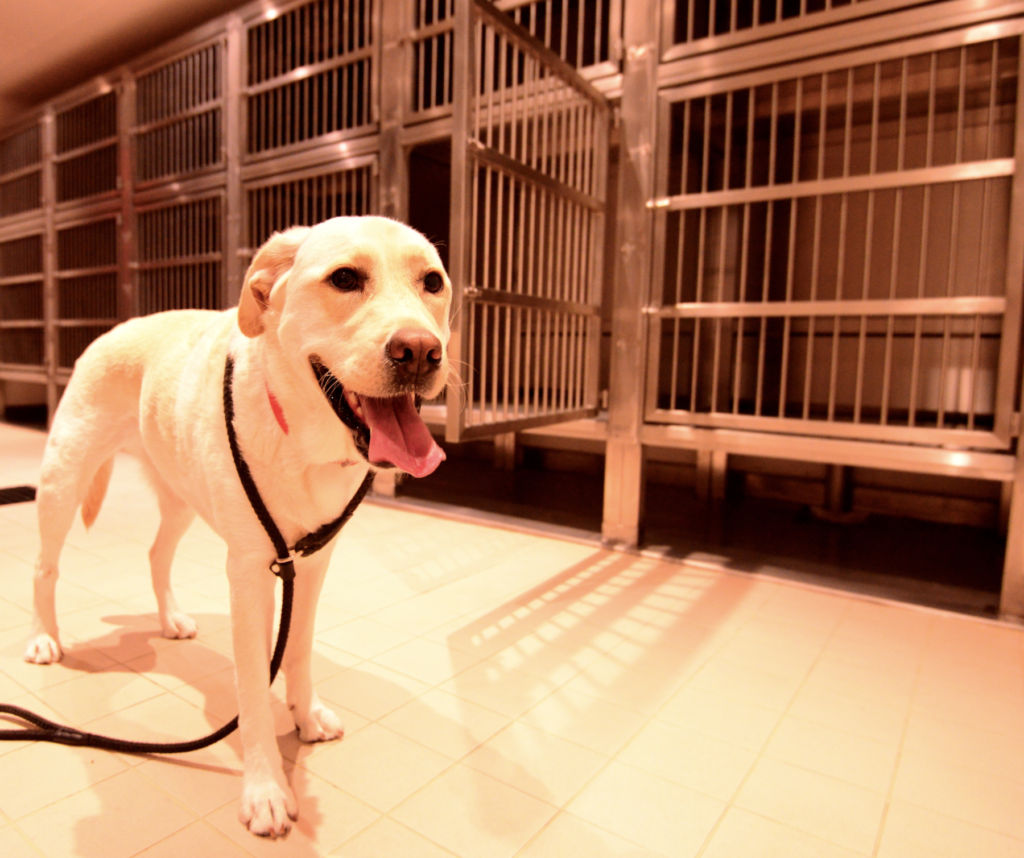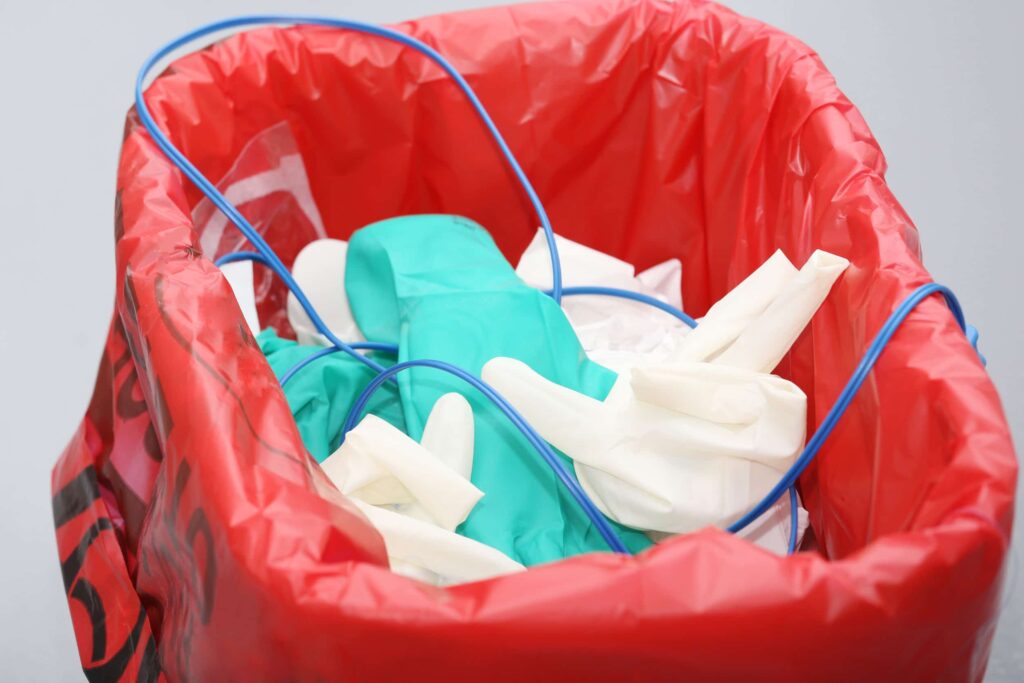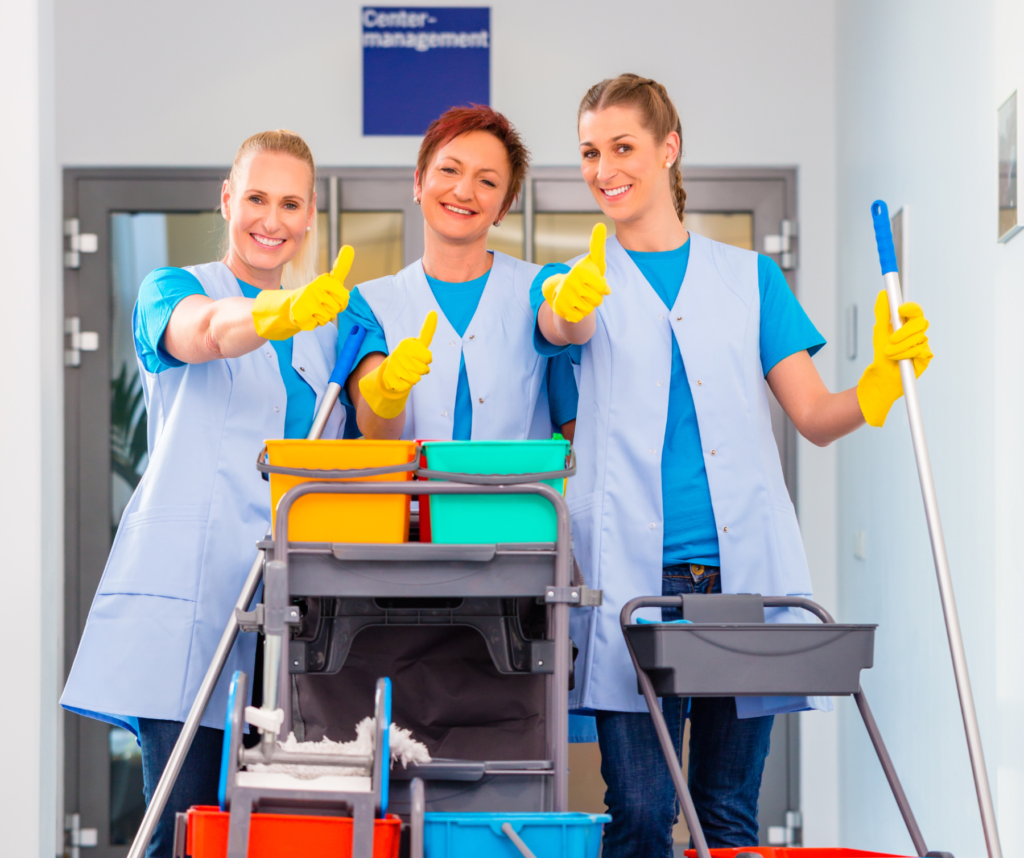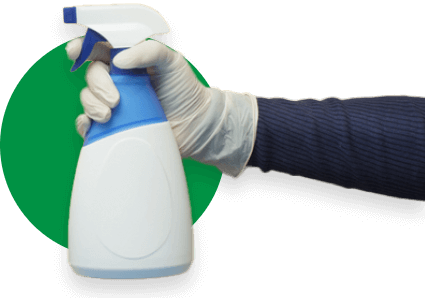Maintaining a clean and hygienic environment in veterinary clinics, animal hospitals, and boarding facilities is crucial for the health and well-being of pets. With 68% of U.S. households owning a pet (APPA National Pet Owners Survey), the demand for quality veterinary care and boarding services is high. Unkempt kennels can harbor harmful bacteria and viruses, risking animal health. This article provides a step-by-step guide to cleaning kennels and essential sanitation protocols based on guidelines from the American Veterinary Medical Association (AVMA) and the Centers for Disease Control and Prevention (CDC).
The Importance of Cleaning Kennels
Unclean kennels pose significant health risks to animals, as many entering these facilities may be stressed, immunocompromised, or shedding pathogens. Diseases like Canine parvovirus and kennel cough spread rapidly in unsanitary conditions. Canine parvovirus, a highly contagious viral disease, can survive on surfaces for months and is resistant to many disinfectants (AVMA). Kennel cough, caused by various bacteria and viruses, is easily transmitted through airborne droplets from infected animals.
Moreover, dirty kennels create an unprofessional appearance that can deter pet owners. A study by the University of California, Davis found that cleanliness is one of the top factors influencing pet owners’ choice of a veterinary facility. Proper sanitation safeguards animal health and enhances the facility’s reputation and client trust.
Regular cleaning and disinfection of kennels are essential to prevent the buildup of organic matter, which can support the growth of harmful microorganisms. The AVMA recommends that kennels be cleaned and disinfected at least once daily, with more frequent spot-cleaning as needed.

Preparing for the Cleaning Process
Before cleaning, gather the right equipment and materials. Cleaners should wear personal protective equipment (PPE) like gloves, masks, and eyewear to minimize pathogen transmission. Gloves protect against contact with contaminated surfaces and cleaning chemicals, while masks and eyewear prevent inhalation or splash exposure to pathogens and irritants.
Use disposable PPE when possible and maintain reusable items properly. Follow procedures that minimize contamination risk when donning and doffing PPE. The CDC recommends washing hands with soap and water for at least 20 seconds before and after handling PPE. Use hand sanitizers with 60-80% ethanol or isopropyl alcohol for better efficacy against viruses (Shelter Medicine Program, UC Davis).
Choose disinfectants like accelerated hydrogen peroxide, quaternary ammonium compounds, or chlorhexidine for broad-spectrum sterilization (AVMA). These disinfectants are effective against many pathogens, including bacteria, viruses, fungi, and spores. Opt for fast-acting products with short contact times to prevent outbreaks effectively. Always follow the manufacturer’s instructions for dilution, application, and contact time to ensure optimal performance.
In addition to disinfectants, gather cleaning tools like brushes, squeezers, and mops. Designate specific tools for each area to avoid cross-contamination. Launder or dispose of cleaning cloths and mopheads after each use.
Steps to Clean Dog Kennels
- Wear PPE and clear the kennel, moving the animal to a clean space. Ensure the temporary housing is comfortable and secure.
- Remove and sanitize items like bowls, toys, and bedding. Wash bedding in hot water with detergent and dry thoroughly. Disinfect non-porous toys and bowls according to manufacturer guidelines.
- Dispose of waste efficiently using lifted grates and trench drains. Scoop solid waste and dispose of it in a sealed plastic bag. Rinse the area with water to remove any remaining debris.
- Apply a diluted cleaning solution to all surfaces using a hard-bristled brush. Consider corners, crevices, and high-touch areas like gates and handles. Scrub to remove organic matter and biofilm.
- Allow the solution to sit according to manufacturer instructions, then rinse thoroughly with clean water. Ensure no cleaning residue remains, as it can be harmful if ingested by animals.
- Disinfect the kennel with a diluted, environmentally-friendly product, following contact time guidelines. Apply the disinfectant to all surfaces, ensuring complete coverage. Allow the disinfectant to remain on surfaces for the recommended contact time to achieve full efficacy.
- Rinse disinfectant thoroughly to prevent residue from harming animals. Use clean water and ensure all surfaces are free of disinfectant residue.
- Dry the kennel using a squeegee, mop, or clean towels. Ensure the kennel is completely dry before returning clean items and the animal. Damp environments can promote bacterial growth.
- Restock the kennel with clean bedding, toys, and bowls. Ensure the animal has access to fresh water and food.
- Document the cleaning process, including date, time, and noteworthy observations. This record-keeping helps maintain accountability and track potential health issues.
Regular cleaning, disinfection, and proper record-keeping are essential to a comprehensive veterinary biosecurity plan. The AVMA recommends that veterinary facilities develop and implement a written biosecurity protocol to minimize disease transmission risks.
Waste Disposal in Veterinary Clinics
Proper waste disposal is critical in preventing health risks. Animal waste, such as feces and urine, can contain harmful pathogens like Salmonella, Giardia, and E. coli (CDC). Improper handling and disposal of these wastes can contaminate surfaces, water sources, and air, posing health risks to animals and humans.
Veterinary clinics generate various types of waste, including sharps, biological, and pharmaceutical. Each type of waste requires specific handling and disposal methods to ensure safety and compliance with regulations.
Place sharps, such as needles and scalpel blades, in designated puncture-resistant containers immediately after use. Label the containers properly and dispose of them through a licensed biomedical waste management company.
Dispose of biological waste in labeled, leak-proof containers, such as blood, tissues, and contaminated materials. Red bags should be used for biohazardous waste, and local and state regulations should be followed for proper disposal methods, such as incineration or autoclaving.
Handle pharmaceutical waste, including expired or unused medications, according to the Drug Enforcement Administration (DEA) and Environmental Protection Agency (EPA) guidelines. Dispose of controlled substances through a reverse distributor and follow local regulations for non-controlled medications.
Wash soiled laundry, such as bedding and towels, in hot water with detergent and dry thoroughly. Discard heavily contaminated items that cannot be effectively cleaned to prevent pathogen spread.
Educate staff on proper waste handling and disposal procedures and provide necessary PPE and training. Review and update waste management protocols to ensure compliance with current regulations and best practices.

Professional Cleaning Services in Dallas
Cleaning and maintaining kennels regularly is essential for a sanitary environment in veterinary facilities. Following the outlined steps and using appropriate equipment and cleaning agents reduces disease transmission risk. However, the task can be time-consuming and labor-intensive, particularly for extensive facilities with high patient volumes.
Outsourcing cleaning services to a professional company specializing in veterinary facilities can provide numerous benefits. Professional cleaners have the expertise, equipment, and products to ensure thorough and efficient cleaning and disinfection. They stay updated on the latest industry standards and best practices, ensuring compliance with regulations.
The robust pet services sector continues to grow, with pet owners spending an average of $322 on dog boarding and $164 on cat boarding annually (APPA). As the demand for veterinary services increases, maintaining a clean and safe environment becomes even more critical to attract and retain clients.
If you require professional assistance, our experienced team at Dallas Janitorial Services specializes in top-notch cleaning services for veterinary clinics in the Dallas area. With years of experience and a dedication to quality, we use state-of-the-art equipment and EPA-approved disinfectants to ensure the highest cleanliness and safety for your patients and staff.
Our services include daily cleaning and disinfecting kennels, examination rooms, waiting areas, and surgical suites. We also offer specialized services like carpet cleaning, upholstery cleaning, and floor maintenance to keep your facility looking its best.
Contact us today to learn how we can help maintain a clean and healthy environment for your patients and staff. Our team is ready to develop a customized cleaning plan tailored to your facility’s needs and budget.

FAQs
What is the Protocol for Veterinary Sterilization?
The sterilization protocol in veterinary clinics is a meticulous process.
Initially, the staff thoroughly cleaned all instruments of organic debris. After cleaning, they dry them with box locks opened to expose all surfaces for effective sterilization. In the autoclave, they strategically place the instruments to allow steam penetration.
The standard protocol involves setting the autoclave to 121°C (250°F) for a minimum of 13-15 minutes at 15 psi, with an additional safety margin often added.
This careful process ensures the elimination of potential contaminants, maintaining high hygiene and safety standards in veterinary settings.
How to Clean Veterinary Equipment?
Cleaning veterinary equipment effectively involves several sterilization techniques. These include using wet heat, dry heat, chemicals, or radiation, depending on the material type and equipment amount.
Staff often use an Ultrasonic Cleaner for its efficiency. The selection of the right cleaning solution should align with manufacturer guidelines or established veterinary sterilization protocols.
After cleaning, a thorough rinse and proper drying of the instruments are crucial to ensure complete sterilization and readiness for future use.
What is the best disinfectant for veterinary hospitals?
For veterinary hospitals, F10SC stands out as a highly effective disinfectant. It’s a broad-spectrum solution that safely targets a wide range of pathogens without causing harmful side effects to people, animals, or equipment.
Its compatibility and efficacy make it a preferred choice for maintaining a clean and safe environment in veterinary settings.
What Areas Should Be Cleaned in a Veterinary Facility?
In a veterinary facility, certain areas require regular cleaning to maintain hygiene standards. These areas include the staff kitchen, restrooms, and office spaces.
Consistent sanitation is essential in areas where food is consumed. Staff should keep bathrooms clean, well-stocked, and sanitary to ensure proper hygiene throughout the facility.







